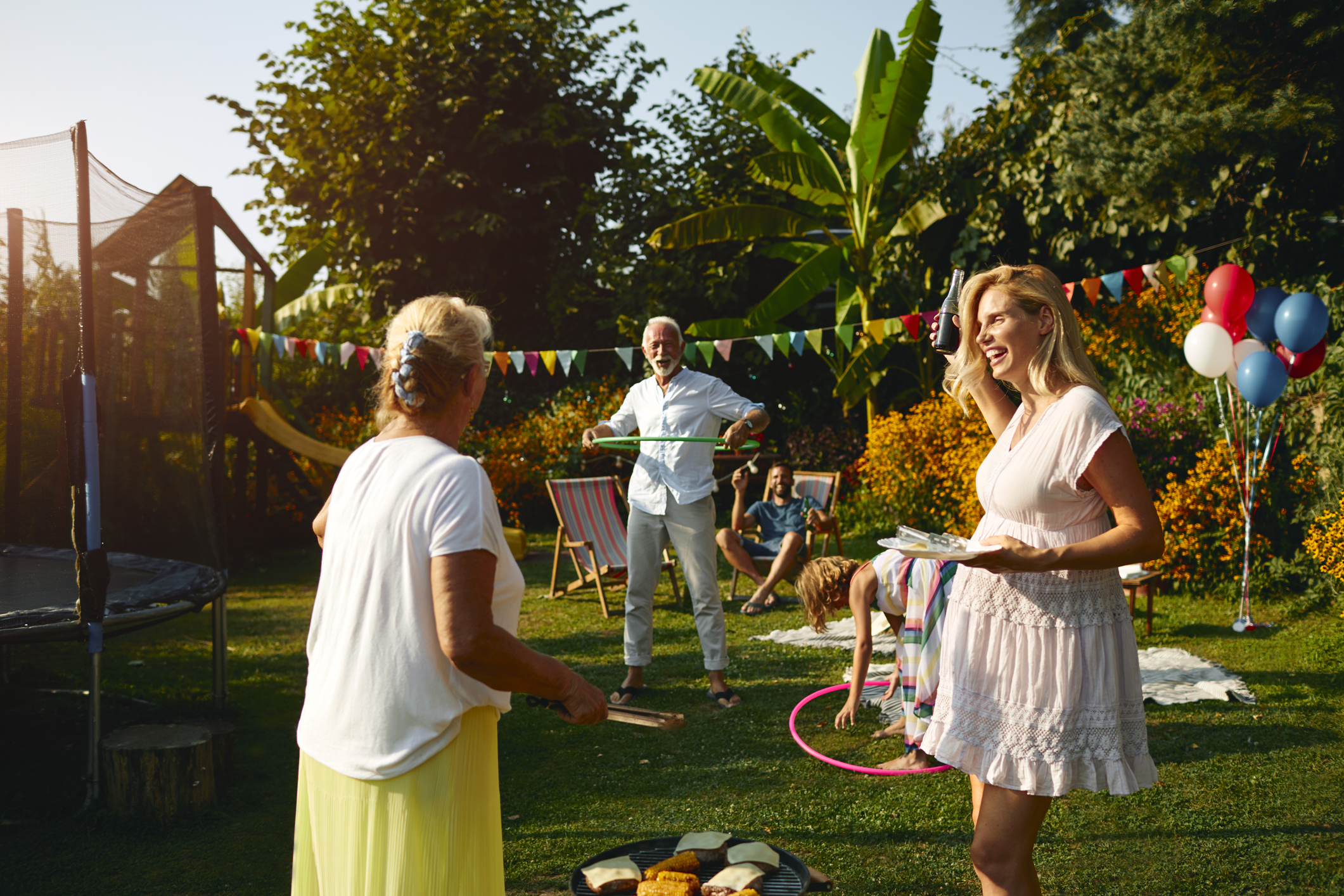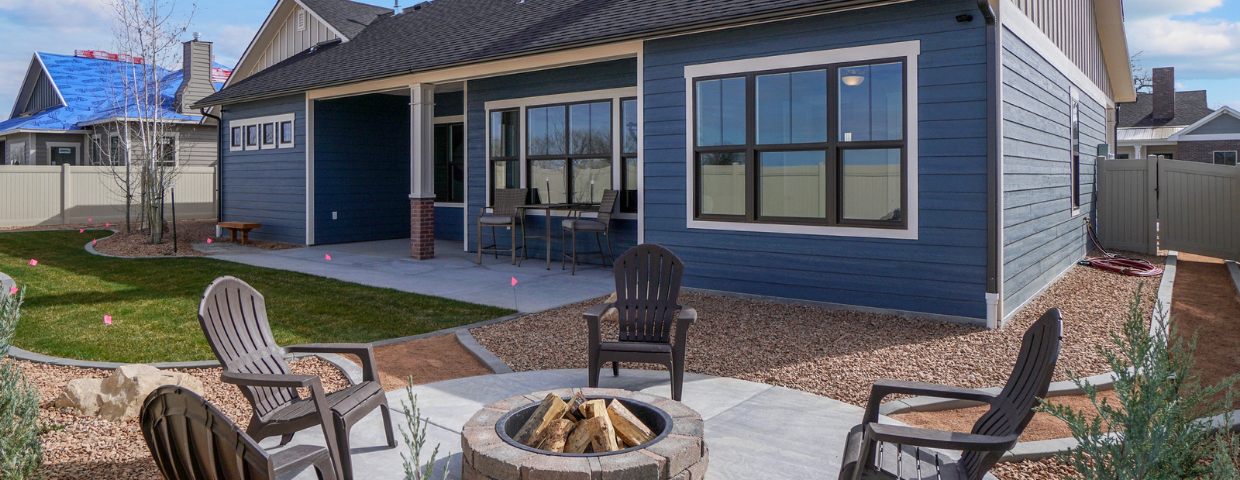Your home’s façade and front yard play a role in its curb appeal, but the backyard is for you and your household to enjoy. Spending time making improvements to your backyard will help to maximize your enjoyment of your property and can increase its value. These backyard design projects will help to beautify your yard while creating opportunities for new ways of spending time in it.
1. Improve Your Deck
Just as the kitchen can often be the heart of a home’s interior, a deck is typically the central hub of the backyard. To maximize the seating capability of a deck with a smaller footprint, consider tiering your deck into multiple levels. By adding some separation vertically, you’ll make the most of its square footage.
Consider butting up your built-in seating to your deck’s banister or railing and wrapping it around the perimeter. This will help make your deck more welcoming while saving space that would be taken up by chairs. For an even more efficient space-saving strategy, keep the space underneath your built-in seating open or install a drawer system to store your backyard and/or outdoor kitchen items and tools. If a deck rebuild isn’t in the cards, try simpler improvement projects like restraining it or adding outdoor lighting.
2. Build a Tool Shed
Every backyard requires maintenance, and you typically need tools to keep it in tip-top shape. A useful DIY project for your backyard is to build a tool shed to house your garden tools and landscaping equipment. This will give them a safe, dry storage space, which helps to extend their useful life and avoids having to make unnecessary replacements. When in doubt, add extra shelving space, as you very well may build out your tool collection over time. Once your shed is complete and all your tools are in their right place, install a secure locking system to protect your equipment.

Image Source: Getty Images – Image Credit: vgajic
3. Create an Outdoor Cooking Area
Outfitting your backyard for a robust outdoor kitchen with all the bells and whistles can be expensive. Fortunately, you can create an outdoor cooking area without having to break the bank. Depending on your local climate, it may be wise to cover this area with some sort of roof structure. If so, be sure to leave ample room between your cooking equipment and the height of the roof to allow flames and fumes to safely escape.
Different types of barbecues can satisfy your outdoor kitchen needs, depending on how much room you have to work with. Charcoal grills are ideal for smaller spaces, while built-in barbecues can provide a more comprehensive grilling setup if you have the allotted square footage.
4. Give Your Flower Beds a Makeover
Flower beds have quite an impact on the overall aesthetic of your backyard. If your flower beds are overgrown, start by pulling out the weeds. Use a garden trowel; this will help to dig up the roots and decreases the chance of recurring weeds. Remove all the weeds and debris, then rake the soil to prepare it for composting. While you rake, keep an eye out for rocks and gravel and remove them from the flower bed.
Now you’re ready to add a new layer of compost. This does wonders for the health of the soil and encourages new plant growth. Sprinkle in two to three inches of compost and work it into the soil with a shovel. You can also experiment with adding other nutrient-rich ingredients or plant materials that are conducive to soil in your climate, such as peat or manure.
5. Build Your Ultimate Patio
For many homeowners, building a patio exists at the crossroads between a DIY project and one that requires a professional’s expertise. Whichever route you choose, executing a patio installation can take your backyard to the next level. Choosing your patio material is the first step. Concrete, flagstone, brick, terra-cotta, and pea gravel are all common patio materials that have their respective advantages and disadvantages. If having a patio that’s built to last is your top priority, then brick, flagstone, or concrete may be the way to go. These materials also complement a variety of house styles, as well. If you’re looking to create a more relaxed environment in your backyard, then pea gravel or clay may be more your style. These materials recall aspects of the beach and seaside living.
